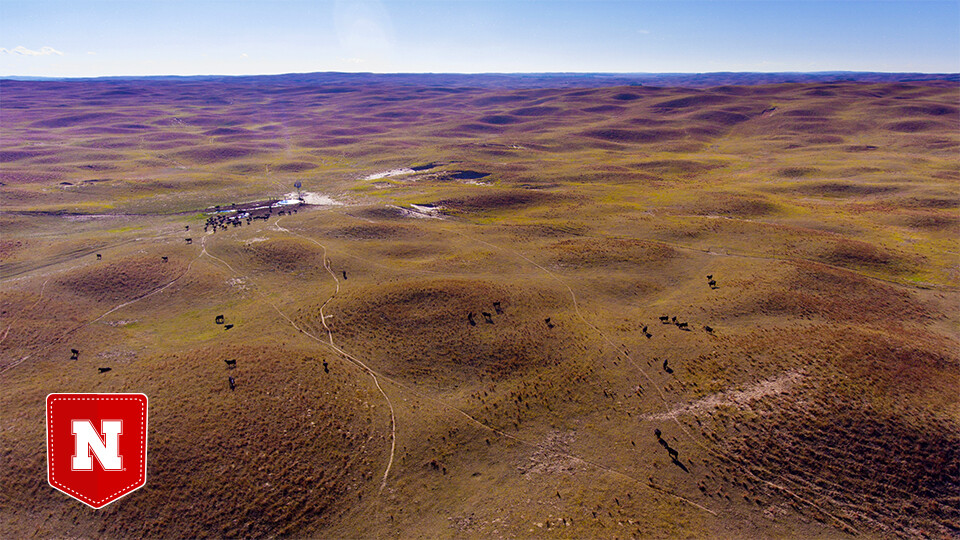
Welcome to Pocket Science: a glimpse at recent research from Husker scientists and engineers. For those who want to quickly learn the “What,” “So what” and “Now what” of Husker research.

What?
The Nebraska Sandhills represent an important source of forage for grazing livestock. The region’s undulating landscape of dunetops, slopes and low-lying swales helps dictate the composition of its plant species. But little research has investigated how the topography affects grass production – and how changing precipitation patterns may affect that dynamic.
Nebraska’s Mitchell Stephenson and colleagues recently examined estimates of Sandhills plant production from 2001 through 2017. After accounting for seasonal precipitation, the researchers also assessed how efficiently grasses turned precipitation to biomass on dunetops, slopes and in swales.
So what?
Stephenson’s team calculated that June and August grass production in swales was 45 to 58 percent greater than on dunetops. Those swale-based grasses also used precipitation 35 to 48 percent more efficiently than did their elevated counterparts.
That difference in production stemmed partly from the fact that cool-season grasses in swales responded much more favorably to increases in precipitation, especially early in the growing season.
Now what?
Incorporating the study’s findings could allow ranchers to better estimate overall grass production, the researchers said, allowing them to more accurately match livestock numbers to available forage. Knowing how precipitation affects plant production might also improve inventory estimates and help ranchers better adjust to extreme seasons.







